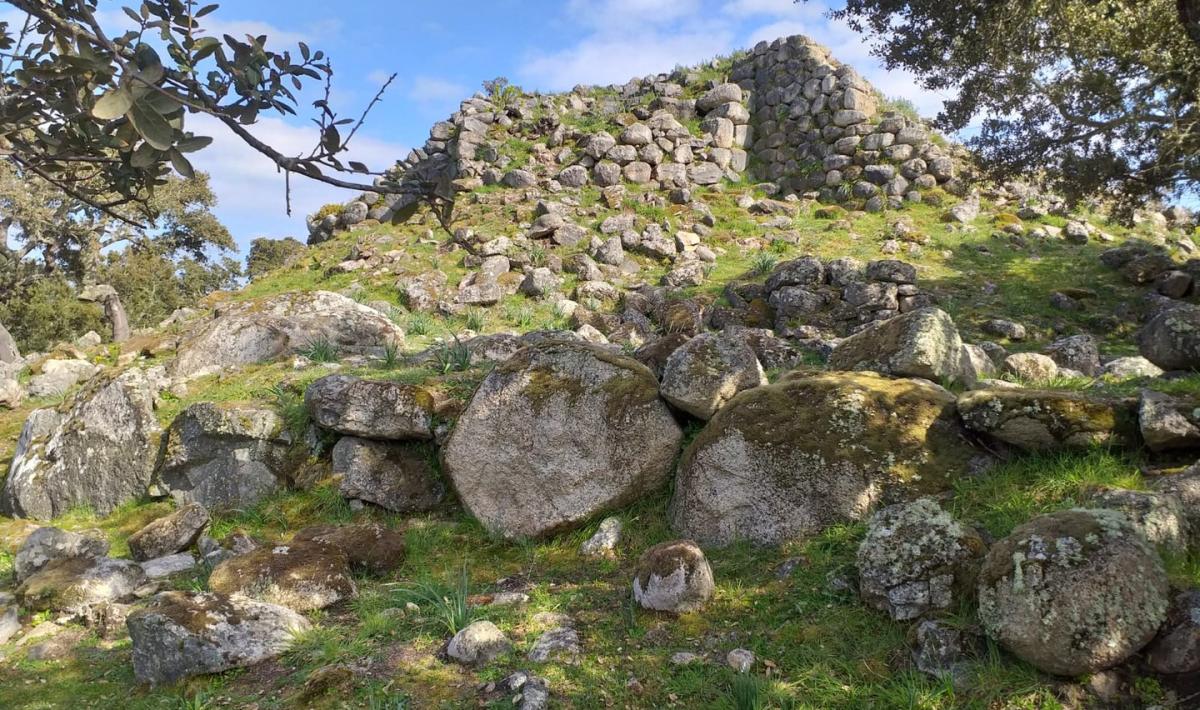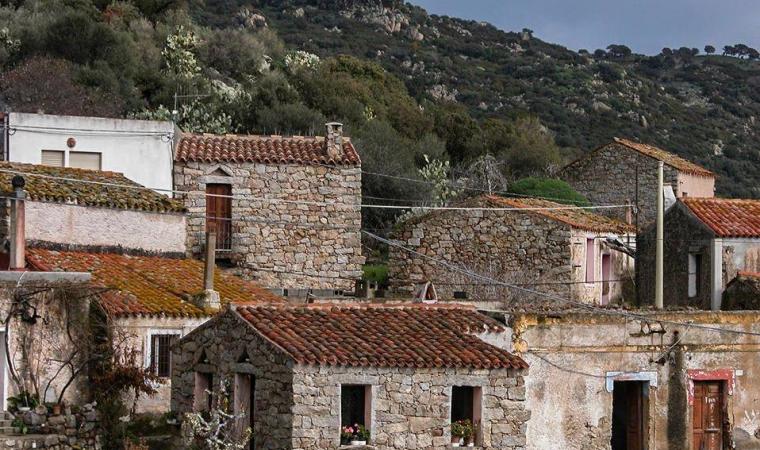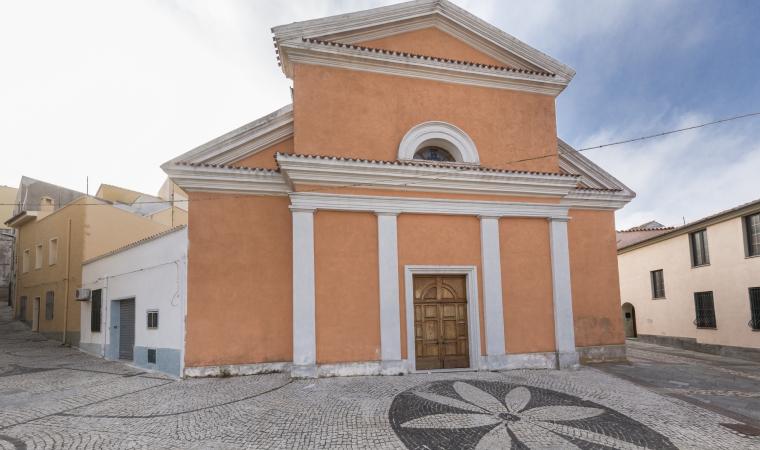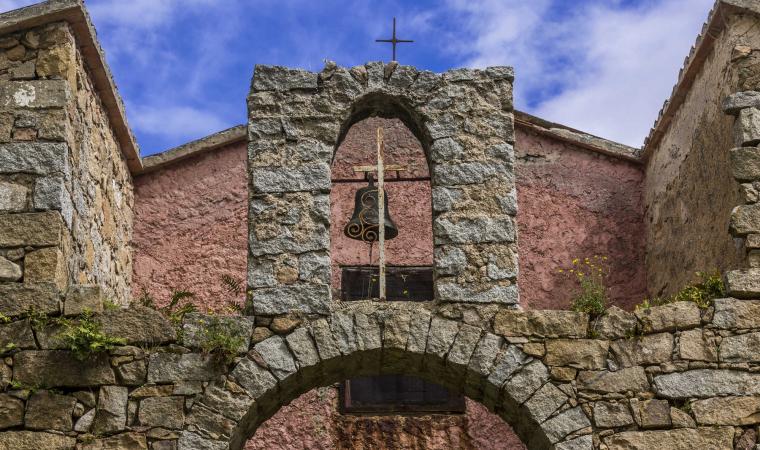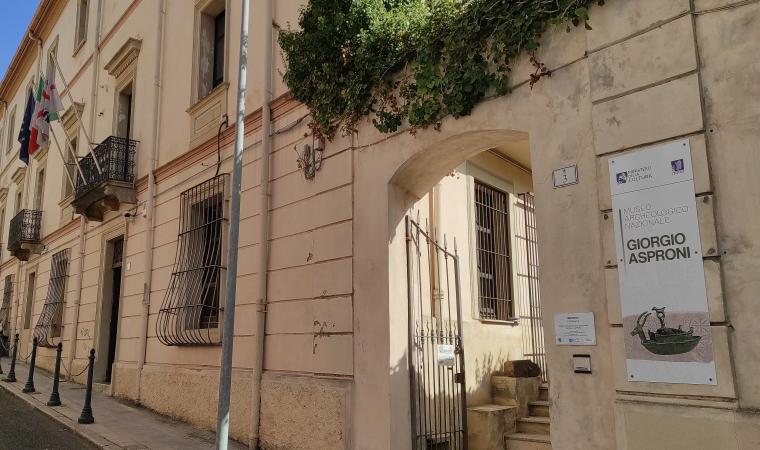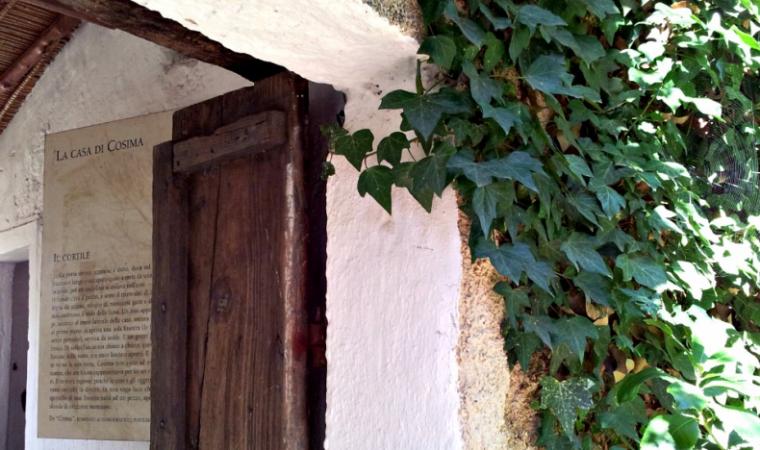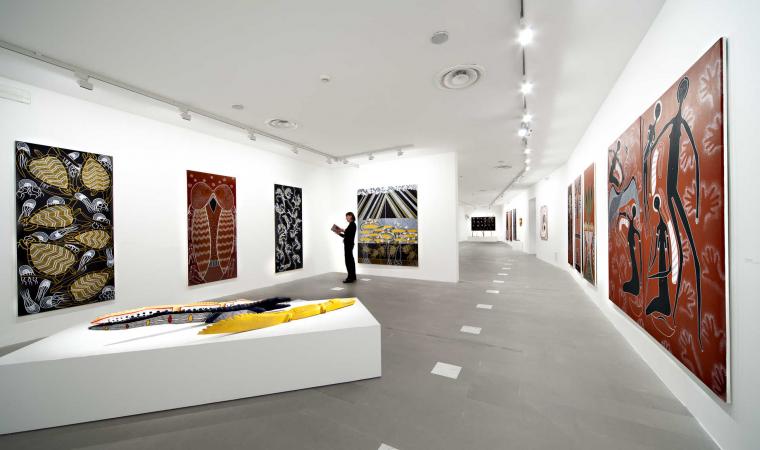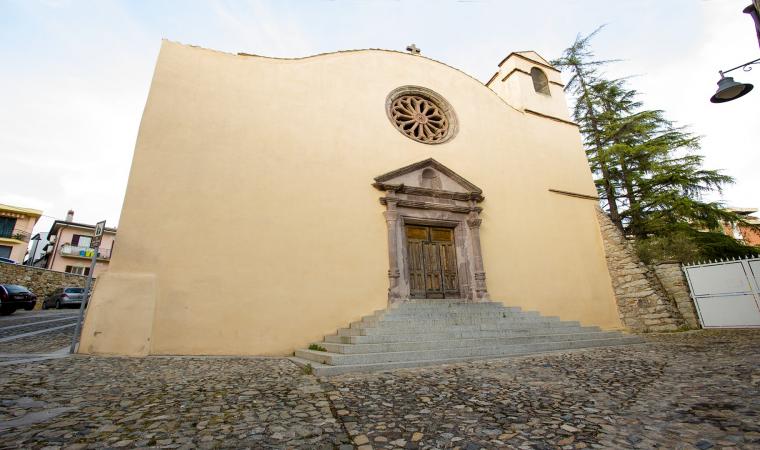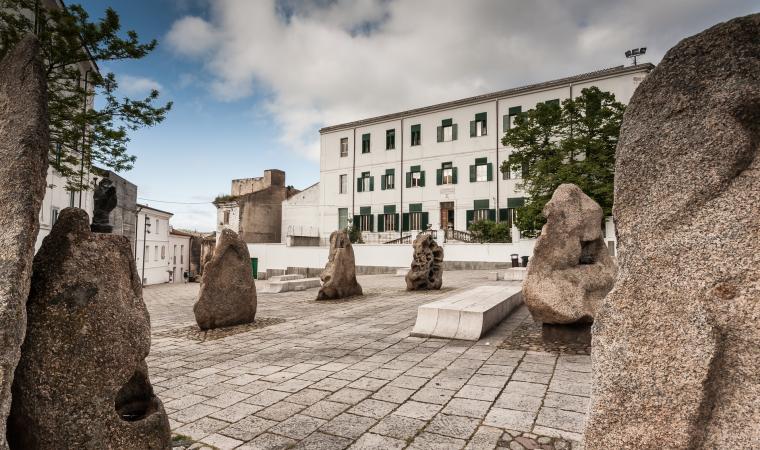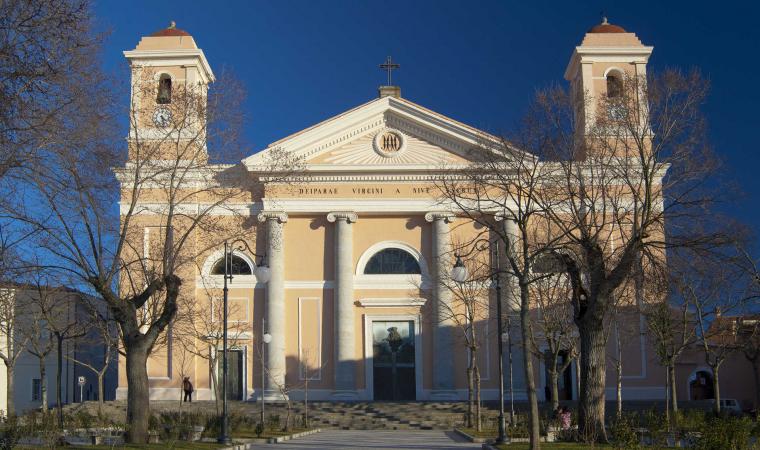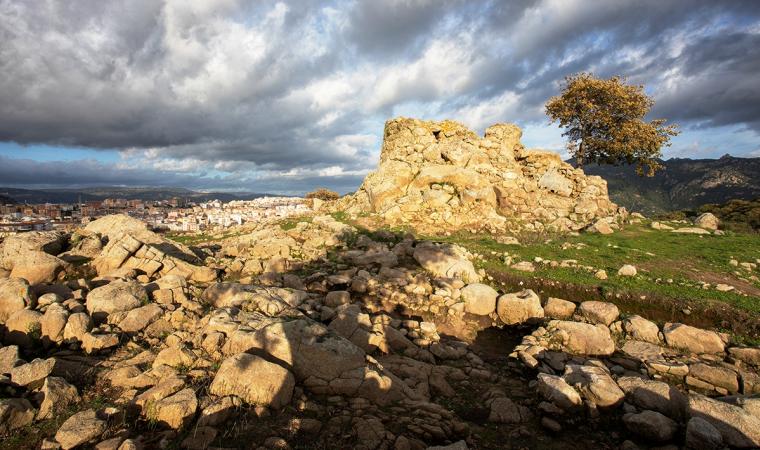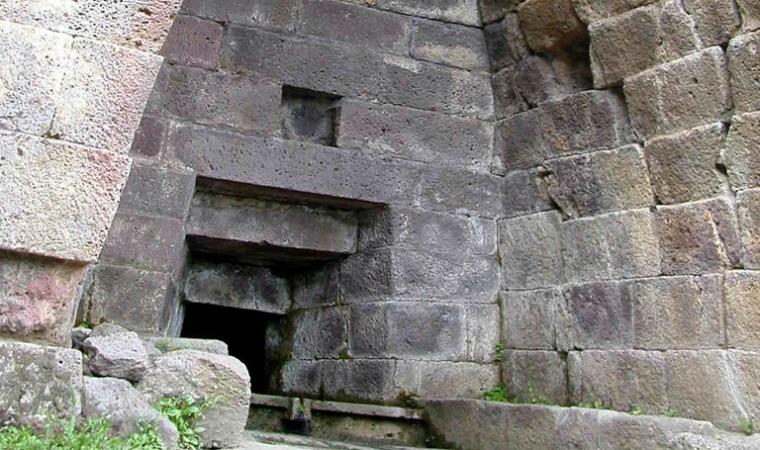The first to appear are mysterious megalithic circles and then, almost in chronological order, there are other structures: the nuraghe emerges on top of a rocky outcrop; not far away, there are the surviving traces of a Giants’ Tomb and, lastly, the sacred area, with a spring that has a surprising feature. The Nuragic complex of Nòddule is located in the territory of Nuoro in the locality of su Linnamene, on the border of the Orune territory, in an area covered in granite rocks and cork oaks. The site was frequented from the 3rd millennium BC until Roman times, perhaps with a few sporadic periods of abandonment. Evidence of the pre-Nuragic phase are found in the megalithic walls and in two circles, made up of large granite rocks slightly spaced apart, the function of which is uncertain. It has been suggested that they represent a sort of prehistoric ‘calendar’, with the stones positioned according to the movement of the stars. When entering the complex, you will be ‘leaping’ forward in time as you explore the Nuragic monuments.

